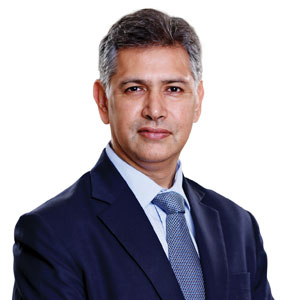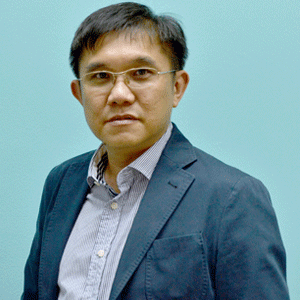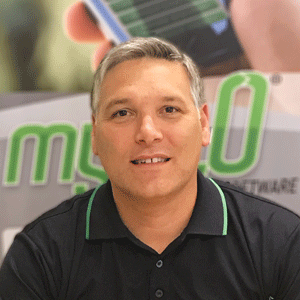THANK YOU FOR SUBSCRIBING
Editor's Pick (1 - 4 of 8)

The Creative Problem Solver Will Thrive in a World of AI
Danny Bearzatto, Head of Workforce Design, Ventia


Danny Bearzatto, Head of Workforce Design, Ventia
To understand the future, we can learn from the past rather than be beholden to it.
In 2008, I worked with a UK telco to modernize how they optimised and allocated work to their workforce. We had been working with management and the “control center” to increase field technician utilization, improve service level agreement performance,and reduce manual work allocation. Process changes and system re-configuration had made a step change but not the leap we needed. Getting buy-in for the new way of working was a struggle. One Wednesday morning, the fire alarm sounded. The building was evacuated and given the sensitive equipment in the building, this evacuation lasted hours. Un-beknown to everyone at the time, the fail over process did not activate. Calls were not diverted to other control centers and no one was alerted to backfill for our site. What happened next was a complete surprise to everyone. Over the next few hours, the system allocated and optimized 100 percent of the work without any human intervention and the workforce did not notice. The impact on performance was profound. The field technician utilization jumped by 20 percent and SLA performance lifted by 10-30 percent depending on the metric. The system could outperform the humans, if we let it. In this moment, we had our case for change. From that day, the business adopted a new way of working and performance remained high. While some of this was due to people keeping their hands off the system, this was only possible because we had trained the system. We had engaged with the creative minds - the “old heads,” who had been there and done that–and we understood the business logic that the “best” controller used to succeed. This was incorporated into the business logic, prioritization matrixes and the variables the system used. The mundane, repetitive and simple decisions that previously consumed 60-80 percent of a controller’s day were now taken care of by the system. While this enabled the control center to become a centre of excellence and reduce costs, for those that were the creative problem-solvers, they thrived.Advances In Technology Don’t Make The Field Worker Obsolete, They Remove The Noise From Their Day And Allow Them To Tap Into Their Creative Problem-Solver Brain To Tackle More Complex Problems More Often











